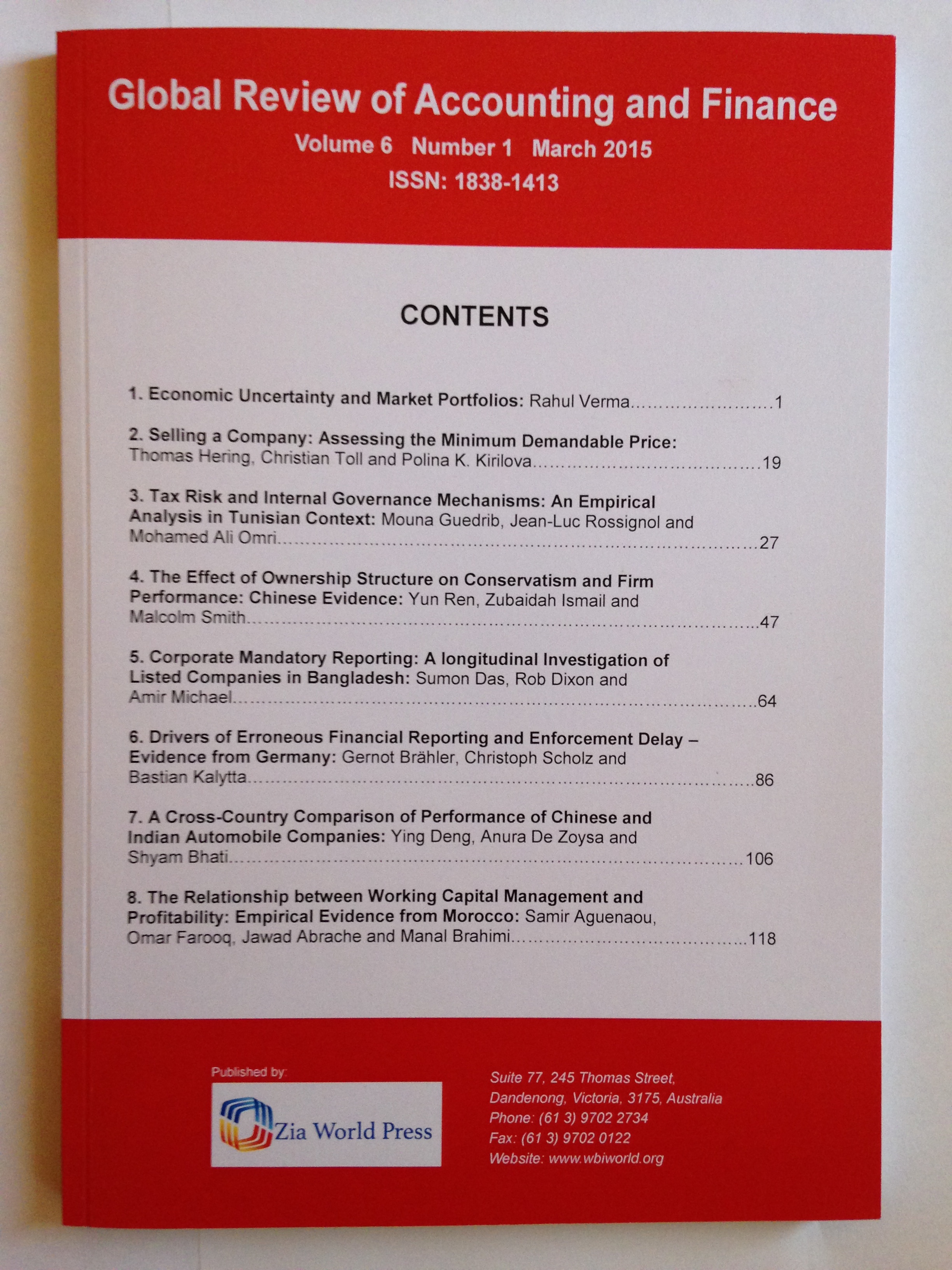Pages
64 – 78
This paper empirically investigates whether asymmetries exist in the New Zealand mortgage and short-term interest rate spread over the period 1988:7-2010:04. Using the threshold autoregressive (TAR) and the Momentum Threshold autoregressive (M-TAR) models, this study demonstrates that the mortgage premium adjusts to the threshold faster when the official cash rates fall relative to the mortgage rates, widening their difference, than when the official cash rates move in the opposite direction. First, the estimation results indicate that the mortgage premium experienced a structural break in January 1994, corresponding to the anticipation, as well as the implementation, of the 1994 Fiscal Responsibility Act. Second, estimation results reveal that the mortgage premium adjusts to the threshold faster when the official cash rates fall relative to the mortgage rates, widening their difference, than when the official cash rates move in the opposite direction. Third, the findings also reveal the bi-directional Granger causality between the mortgage rate and the official cash rate, indicating that the mortgage rate and the official cash rate affect each other’s movement.

